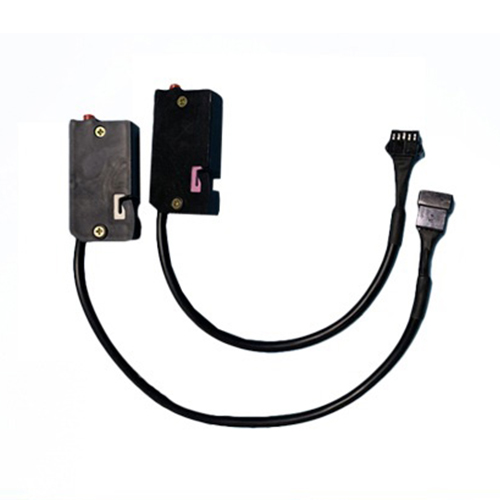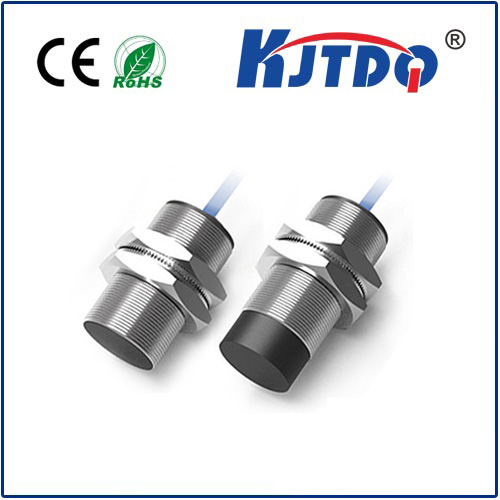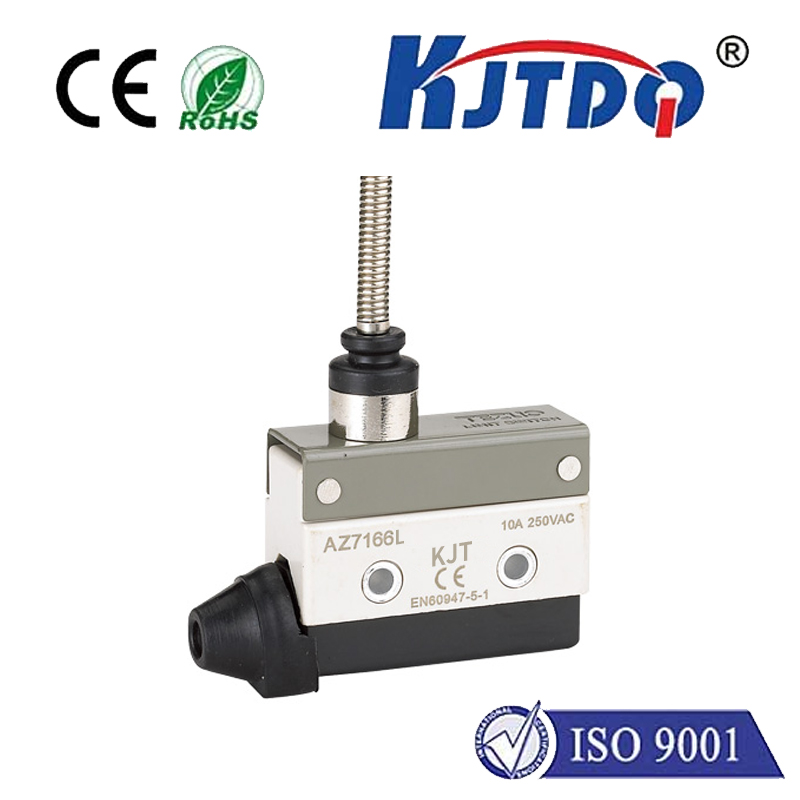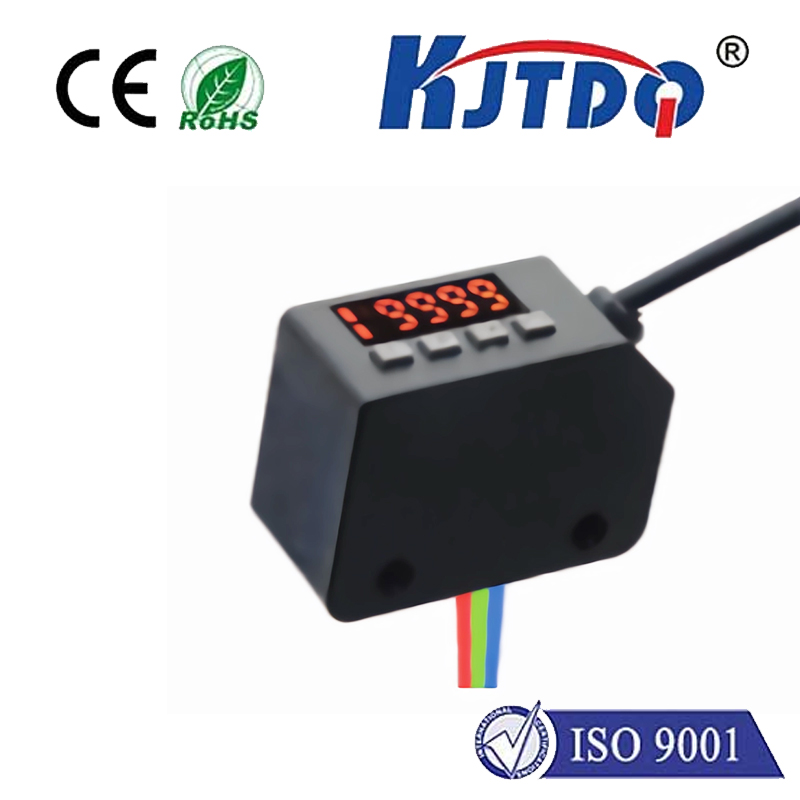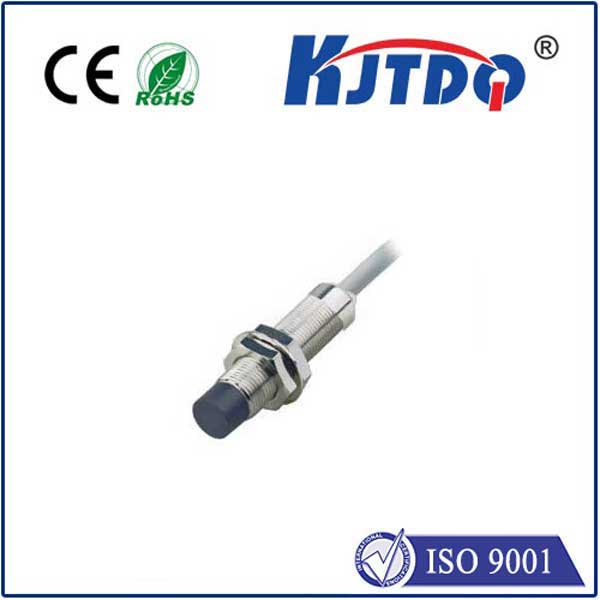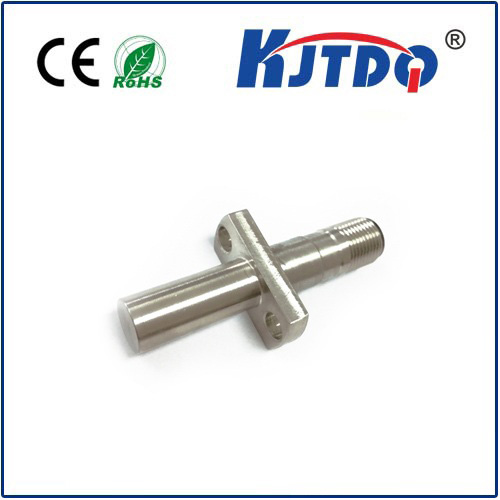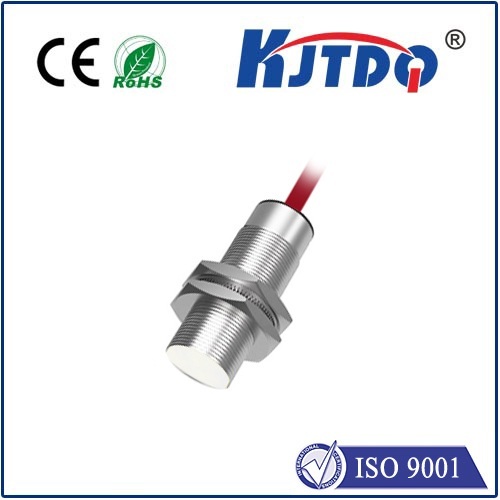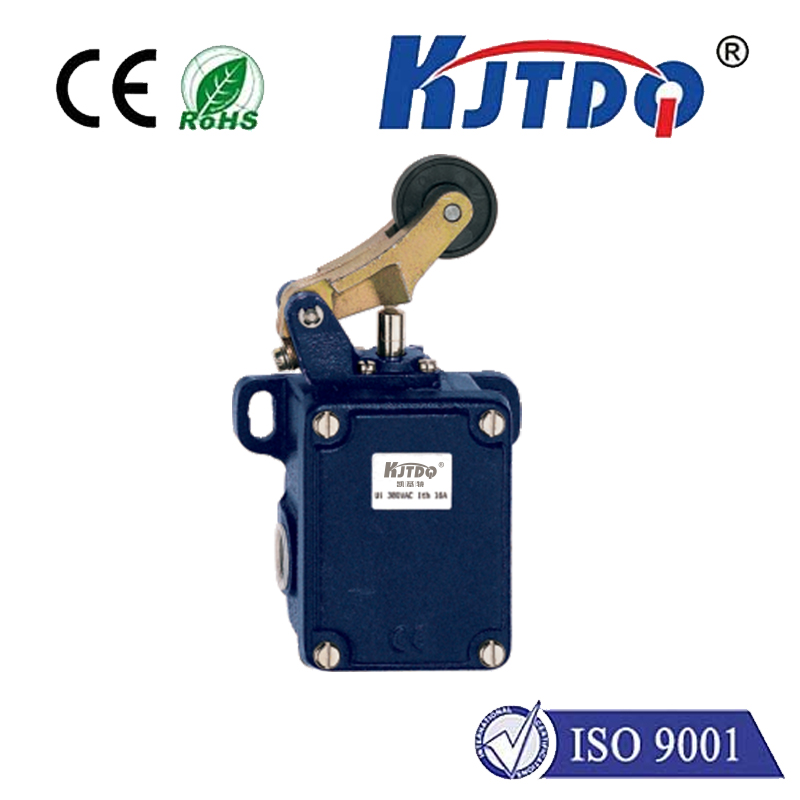

check

check

check

check

check

check

check

check

check

check
Industrial Photo Eye Sensors: The Backbone of Automation
In the world of industrial automation, photo eye sensors are an indispensable component. They are used to detect the presence or absence of objects, count items, measure distances, and control machinery. In this article, we will explore the various types of industrial photo eye sensors and their applications in different industries.
The first type of photo eye sensor is the through-beam sensor. This sensor consists of a transmitter and receiver placed on opposite sides of the detection area. When an object passes through the beam, it interrupts the signal, triggering the sensor to send a signal to the control system. Through-beam sensors are commonly used in packaging and conveying systems to detect missing or misplaced items.

Another type of photo eye sensor is the diffuse sensor. This sensor uses a single device that contains both the transmitter and receiver. It emits a beam of light that bounces off the target object and reflects back to the receiver. Diffuse sensors are ideal for detecting small or irregularly shaped objects, such as screws or bolts.
Reflective sensors are similar to diffuse sensors but use a reflector instead of bouncing light off the target object. These sensors are typically used in applications where space is limited or where there is no room for a separate receiver unit. Reflective sensors can detect objects at greater distances than other types of photo eye sensors.
Color sensors are another type of photo eye sensor that can detect the color of an object. They are commonly used in quality control applications to ensure that products meet certain color standards. Color sensors can also be used to sort items based on their color, which is especially useful in recycling operations.
Finally, laser sensors are a highly accurate type of photo eye sensor that use a laser beam to detect objects. Laser sensors can measure distances with high precision and are often used in machine tooling and robotics applications. They are also commonly used in hazardous environments, such as chemical plants, where they can detect leaks or other potential safety hazards.
In conclusion, industrial photo eye sensors play a crucial role in modern manufacturing processes. From through-beam sensors to color sensors and laser sensors, each type of sensor has its unique application and benefits. As technology continues to advance, we can expect even more sophisticated photo eye sensors to emerge, further enhancing our ability to automate complex industrial processes.
